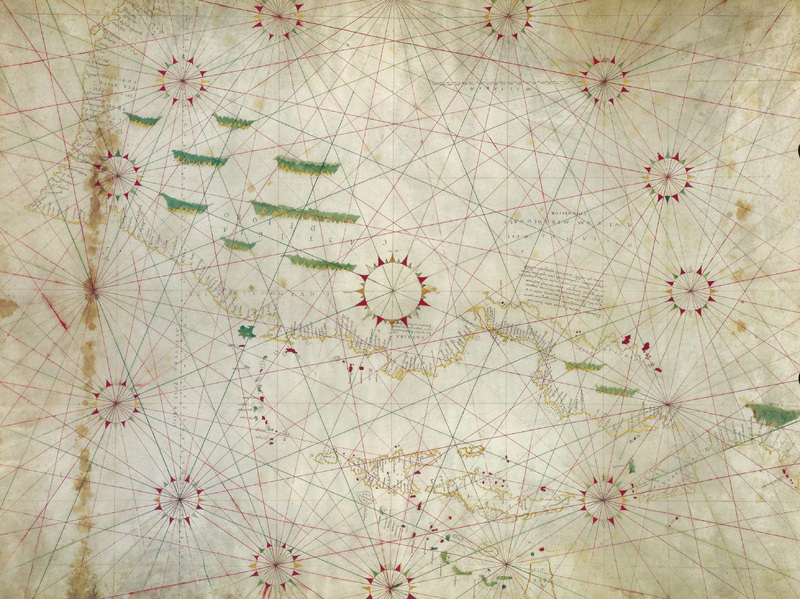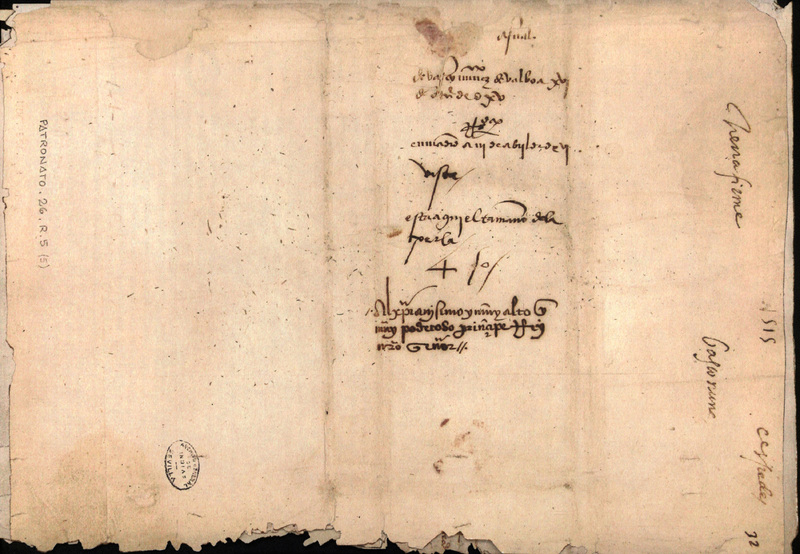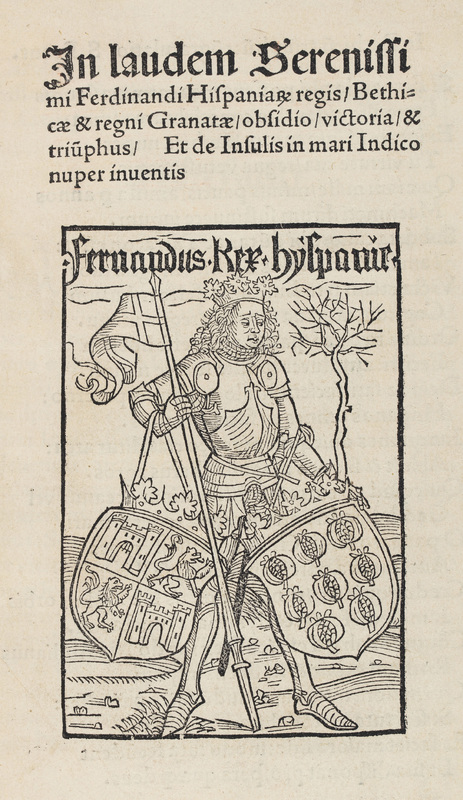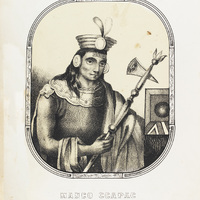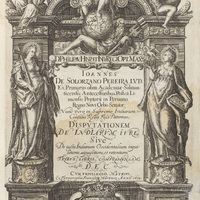Early Empire, Exploration, and Conquest
As Spain expanded its growing empire into the Western Hemisphere, new political and administrative units were created to better manage the annexed territories. By the mid-1500s, two viceroyalties were created: New Spain (in North America) and Perú (South America), both reporting only and directly to King Charles I. The Spanish colonization of South America, and the establishment of the Viceroyalty of Perú, was a continuation of previous conquest and colonization of the Caribbean. Indeed, the Spaniards had been in the Caribbean for a generation before they made their way south to continue exploring and conquering the indigenous peoples of the Western Hemisphere.
Christopher Columbus made his four famous trips between 1492 and 1502, all within the confines of the Antilles and few points off the coast of northern South America and the coast of Central America. Officially founded in 1498, the city of Santo Domingo (currently the capital of the Dominican Republic) became the first center of the growing Spanish Empire in the Western Hemisphere.
Francisco Pizarro’s first expedition for the conquest of Perú occurred in 1524. Expeditions which led to Juan Ponce de León's colonization of Puerto Rico (1508), Diego Velázquez de Cuéllar's colonization of Cuba (1511), Vasco Núñez de Balboa's sighting of the Pacific Ocean (1513), and Hernando Cortés's conquest of Mexico (1519), were all launched from Santo Domingo. De insulis meridiani atque Indici maris nuper inventis, published in 1494, is an incunabulum illustration that shows one of the first accounts of Columbus’s “discoveries” in the New World, what was believed then to be India. Dating from 1513, the map of Vasco Núñez de Balboa’s discovery of the Isthmus of Panama was made to show the extent of the Spanish territories in the “New World,” a discovery of great significance because it allowed direct access to the Pacific Ocean from the Caribbean. This monumental advancement in the Spanish expansion to South America was documented in Balboa’s letter to the king, which recounted the important achievement. It must be noted that Francisco Pizarro, who led the conquest of the Incas in 1532, accompanied Balboa in 1513 during his expedition into the Pacific.

